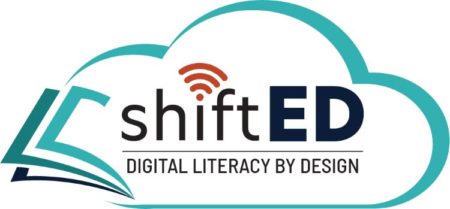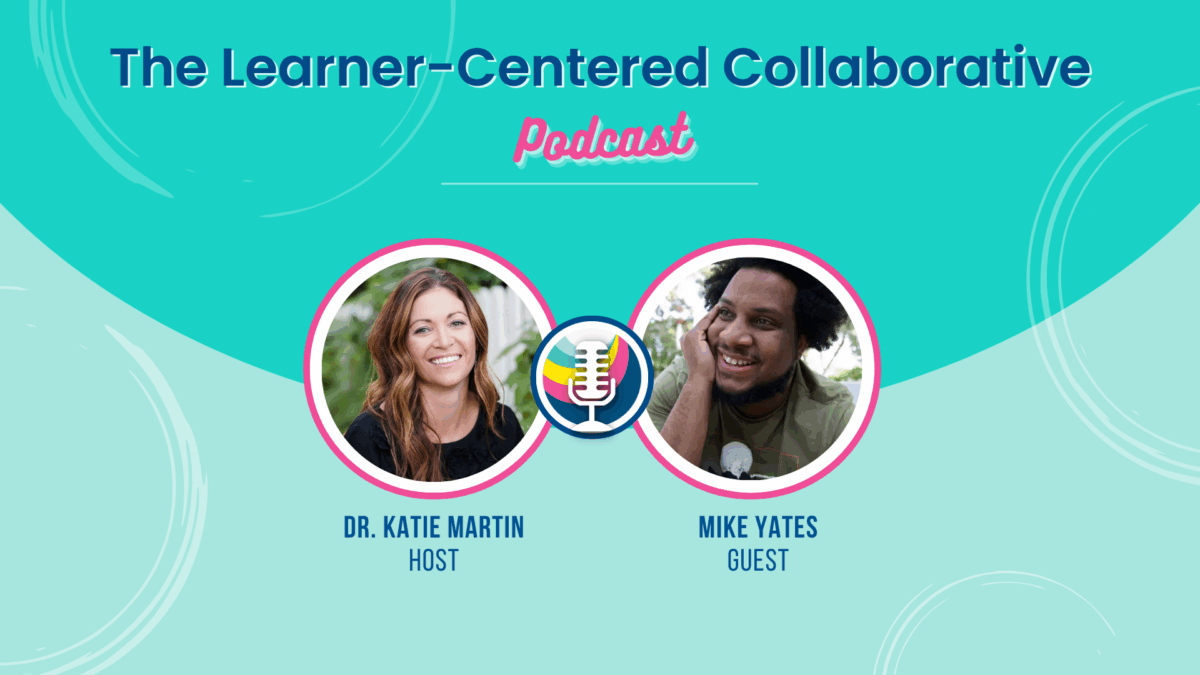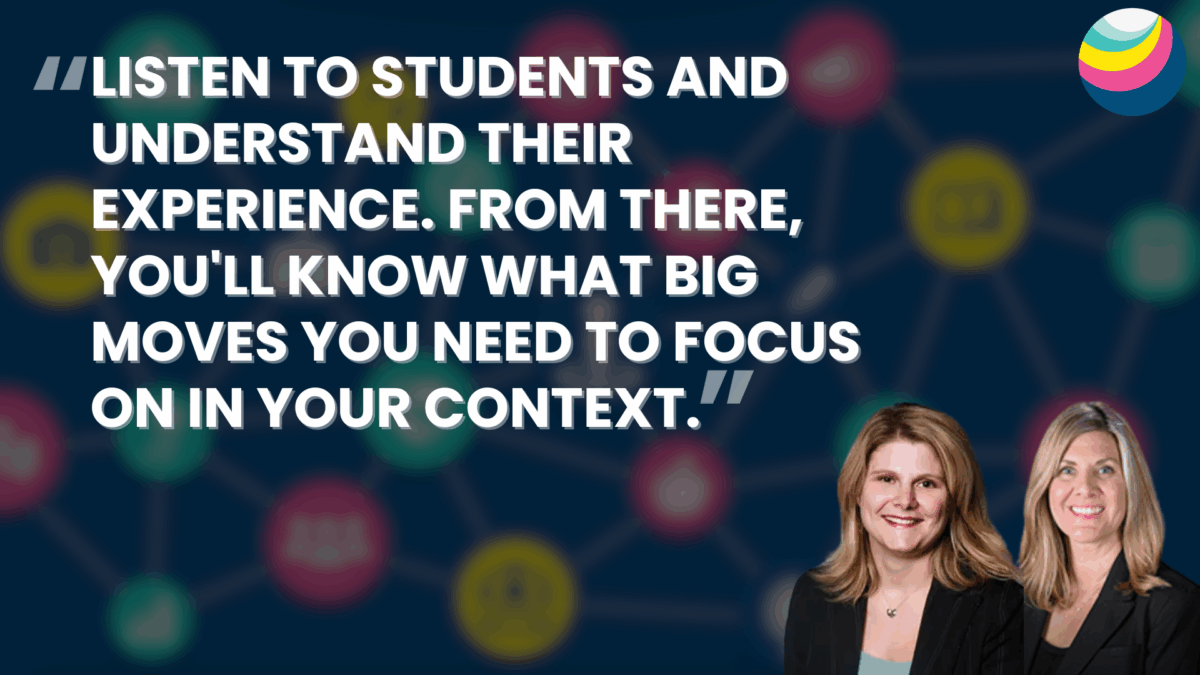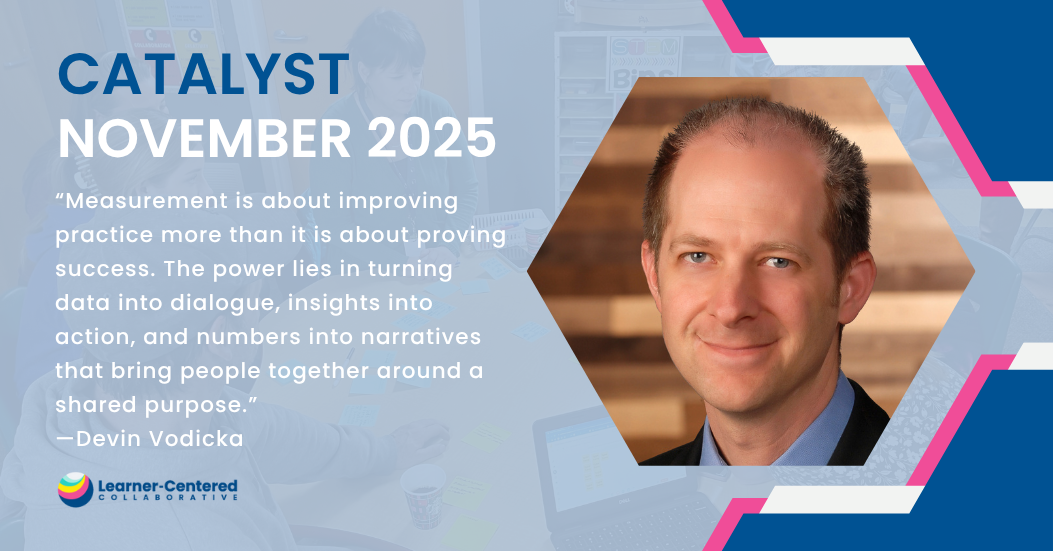Empowering Digital Equity Through Digital Literacy
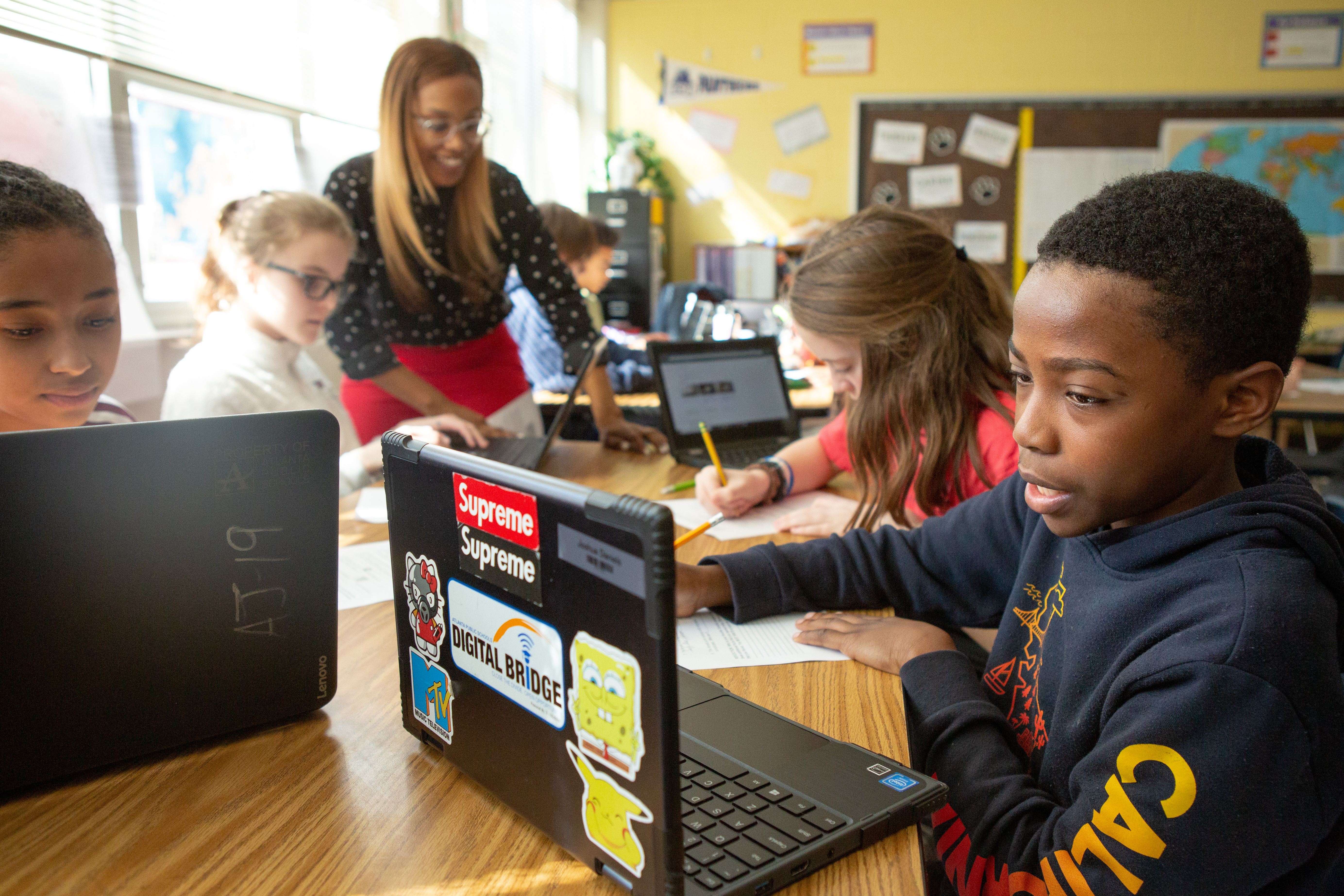
Global pandemics.
Advances with bot technology and artificial intelligence (hello, ChatGPT).
Readily available and increasingly sophisticated tools, tactics, and tricks aimed at mass misinformation, content confusion, and emotional appeal.
These are but a few of the continually evolving conditions that, in the wake of 2020’s national shift to online, tech-based learning, prompted the realization that digital equity requires diligent and intentional implementation of digital literacy.
The inextricable link between digital literacy and digital equity
Both digital literacy and digital equity are important for learner-centered education, as they support the learning experiences necessary to develop baseline skills required in the 21st century job market and help to ensure that learners have access to the resources and opportunities they need to succeed.
In a learner-centered environment, learners take an active role in their own learning and are responsible for their own progress. They are given the freedom to explore, learn, and create in ways that are meaningful to them.
With a thoughtful and systematic implementation strategy for digital literacy, learners are empowered with the enabling conditions for their unique journey to inclusive and equitable learner-centered education. Digital literacy equips students:
- to effectively use technology as a tool to support their learning and co-design more engaging learning experiences with greater agency.
- to develop skills such as critical thinking, problem-solving and creativity, which are important for their future education and career, and are tailored to their individual needs and interests.
Grounded in equitable access, a digital literacy strategy ensures that all learners have access to the same educational resources and opportunities, regardless of their socioeconomic status or other demographic factors. Without a clear focus on digitally equitable learning experiences, digital literacy is stifled, and a digital divide is created, limiting the ability for learners to fully participate in their own education, and contributing to disparities in educational outcomes.
A collaborative, systems-based approach to digital literacy begets digital equity
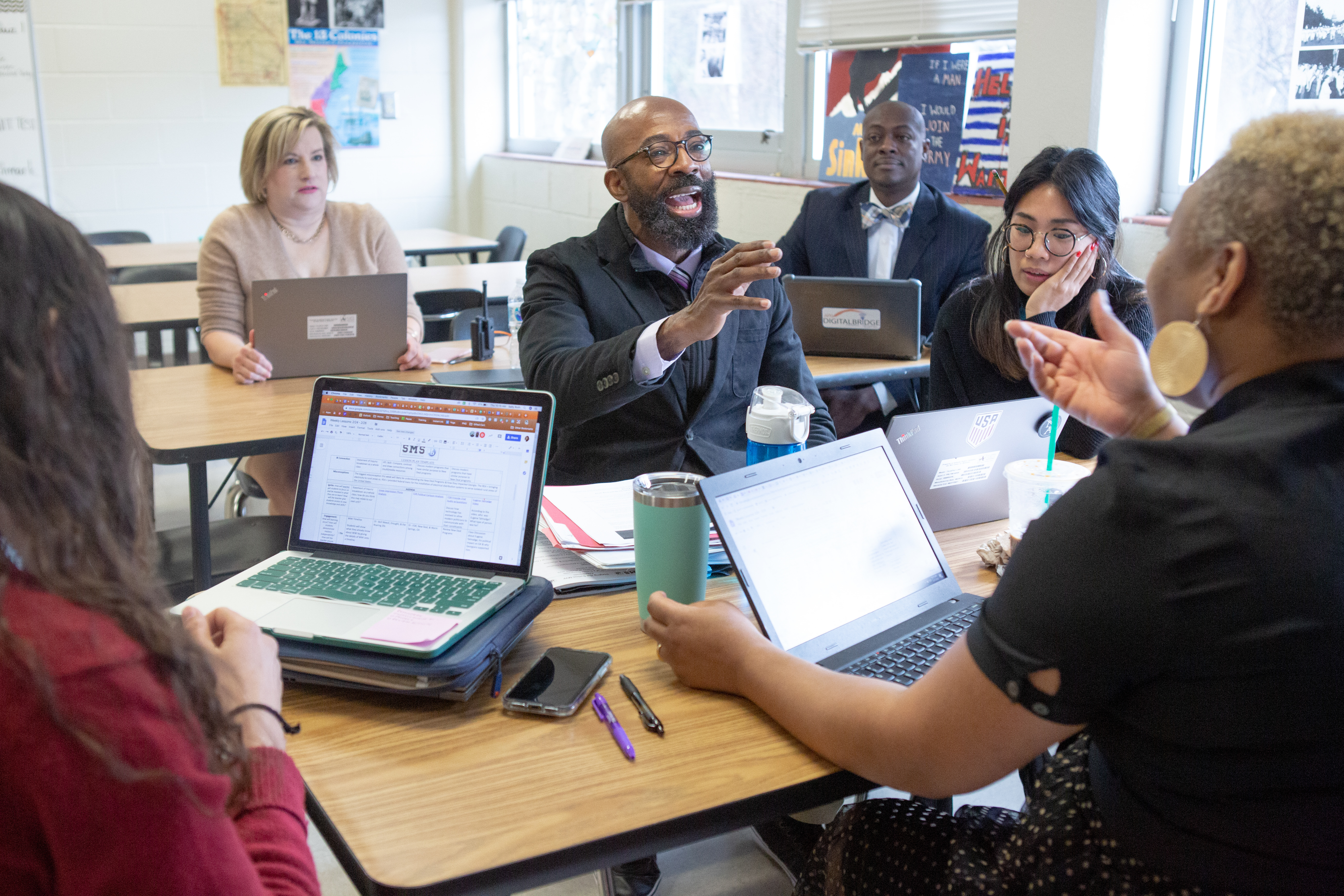
Our early attempts at developing digital literacy often lacked this clear focus. We’ve thrown around the phrase ‘digital literacy’ for decades, repeatedly adjusting our notions of what and which skills are necessary to be savvy, safe, and successful. While we aspired to create good digital citizens who could comfortably navigate a handful of tech tools, this looked something like: guiding learners through special lessons via wheeled in tech carts; exploring vetted content through webquests; treading lightly online, leaving digital footprints as permanent evidence of choices; raising awareness to the perils of cyberbullying.
At the same time, uncomfortable and intimidated with integration initiatives, educators relied on a perceived innate ability of ‘digital natives,’ believing their students to be better at all things technology, and as such, inherently digitally literate. Misguided, many educators saw digital literacy programs as moot and failed to prioritize teaching these invaluable skills and concepts.
These challenges impeded the overall implementation rate and efficacy of early digital literacy initiatives.
The COVID pandemic compelled rapid, well-intended changes including dramatic expansion of devices, connectivity, and online learning options. In addition, there were genuine health and safety concerns that rightfully took precedence over a number of secondary priorities. In this context there was little time to build capacity for a thoughtful and strategic approach to elevate digital literacy.
Moreover, it became obvious that if our learning experiences and environments are to be digitally equitable, school systems must establish and retain a vital, visible role. Without a systems-based, consistent, and meaningful approach to helping learners become digitally literate, we inadvertently created lasting and systemic pockets of exclusivity.
shiftED: A state-level approach to digital literacy
Santa Cruz County Office of Education’s shiftED is an inspiring example of what’s possible. The COVID-19 pandemic caused several shifts in education, and the Santa Cruz County Office of Education (Santa Cruz COE) in partnership with the California Department of Education (CDE) and the CDE Foundation and supported by the Learner-Centered Collaborative have leaned into the moment with a program called shiftED. This initiative aims to set a systems-level plan to establish a rigorous baseline of tech proficiency in California’s schools by offering a new way for teams of Bay Area educators to become ambassadors of digital literacy and technology integration.
“The importance of digital literacy has never been more clear.”
Dr. Faris Sabbah
Santa Cruz County Superintendent of Schools
“We noticed with the pandemic that there was a large push toward online learning and the tools that support it. What we didn’t see, however, was a lot of support in developing and supporting digital literacy skills, most especially safety, security, and proficiency. To be effective, we believed the solution had to be systems-based, allow for a strategic implementation, and build the capacity of both leadership and educators.”
Jason Borgen
Santa Cruz COE Chief Technology and Innovations Officer
Collaborative, cohort-based strategic digital literacy roadmapping
ShiftED provides organizations, schools, and educators with the tools, training, and support needed to implement and create strategic plans to integrate digital literacy skills into the core curricula and guide our classrooms into the future by utilizing:
- research-based approaches to professional learning,
- partnerships with existing networks of tech savvy California educators,
- a year-long Community of Practice approach.
Launched in Fall 2022, the first shiftED cohort assembled seven Bay Area entities to self-assess their needs and identify their incoming baseline status, craft and adopt a system-generated definition of digital literacy, explore best practices with cohort participants, local practitioners, and national experts, and contribute to a collaboratively-sourced web application to be used as a scaffold for each site-designed strategic roadmap.
“What is really exciting about shiftED’s project is that it takes an analytical approach to the specific skills that need to be taught around digital literacy. It’s a much needed addition to an already robust technology plan. As a county or district, technology plans are vital as they lay out the big picture and goals for where we want to be with technology and the role it plays in our students’ education. What we’re creating with shiftED will be a powerful supplement to that document.”
– shiftED Cohort Participant
“What I find useful, and have not seen a lot of in education, is the site-specific strategic roadmap. We’re working on providing teachers with a robust set of standards around digital literacy that they can learn from and integrate into their classroom no matter what subject they teach. Additionally, this roadmap doesn’t take away a teacher’s ability to be creative with HOW they teach digital literacy. As always, respecting the teacher’s incredible skill set to deliver their content is at the heart of how COE approaches their educators. Our main goal is to develop the tools so they can embed digital literacy into their incredible teaching.”
– shiftED Cohort Participant
Programs like shiftED have found success with an intentional design that allows for an organization-specific, cohesive, systems-based strategy to support its stakeholders with evidence-based strategies, vetted resources, and a well-marked implementation roadmap.
“By standardizing how we approach this [digital literacy] as a county, we ensure digital literacy is being taught equitably and holistically, supporting teachers in implementing this very key skill. Digital literacy is no longer a nice ‘extra’ for students, or an elective skill that may give them an edge. It’s a requirement to engage as a contributing citizen in our society.”
– shiftED Cohort Participant
Similarly, by leveraging a system-wide strategy, teachers and their efforts are unified and strengthened.
“Expecting teachers to develop their own siloed approach is not the way to go about this…teachers already have enough on their plates and don’t have the time to build their own digital literacy roadmaps; not to mention, if we’re all heading to the same place, we can utilize available resources. The most-traveled roads feature a greater variety of options in gas stations, shops, restaurants, and lodging choices. When we make the map, we know what and where to build.”
– shiftED Cohort Participant
Encouraged by the success of the pioneering districts taking part in programs like shiftED, expansion efforts are underway to amplify impact and improve equity. Ambitious efforts include a refresh to the National Education Technology Plan and statewide initiatives, namely the California Digital Equity Plan. We’re proud to support these collaborative endeavors to co-construct inclusive and equitable learning ecosystems that empower them to know who they are, thrive in the community, and actively engage in the world as their best selves.
Let us know how we can support your school, district, county, or state to accomplish your digital literacy and equity goals.
